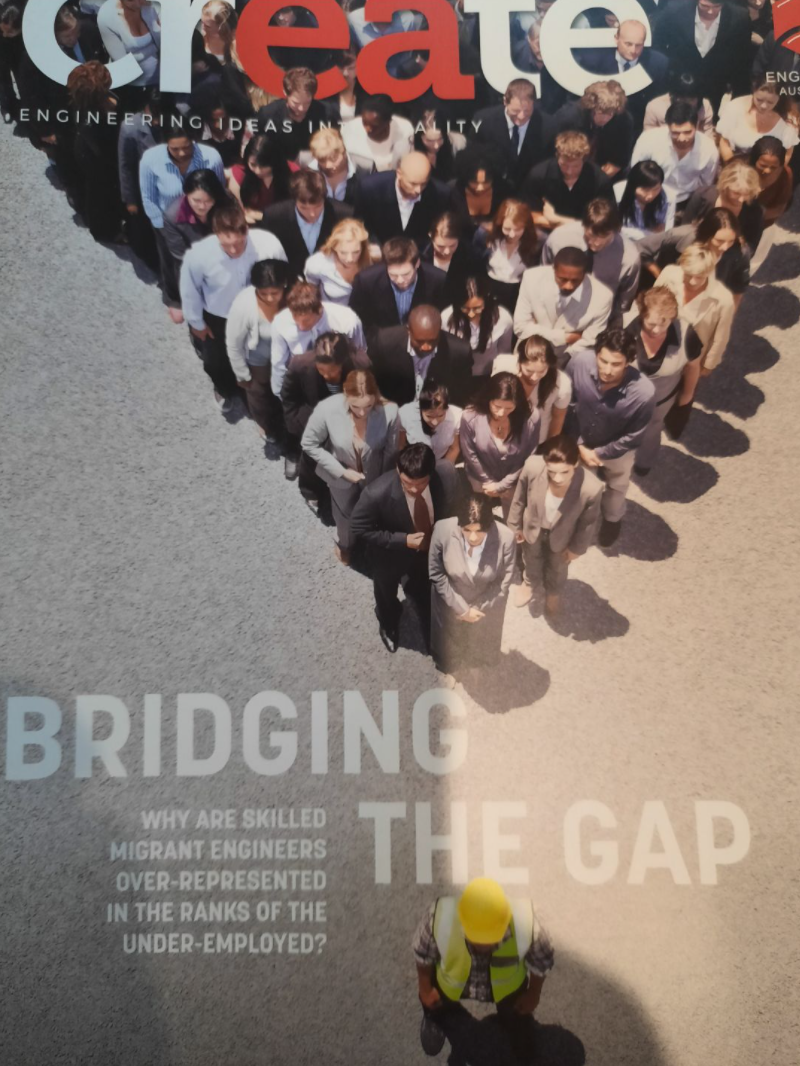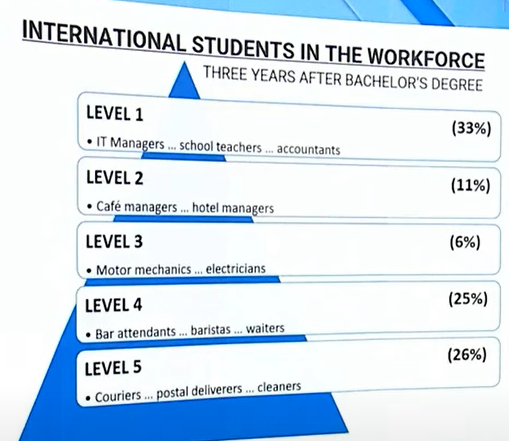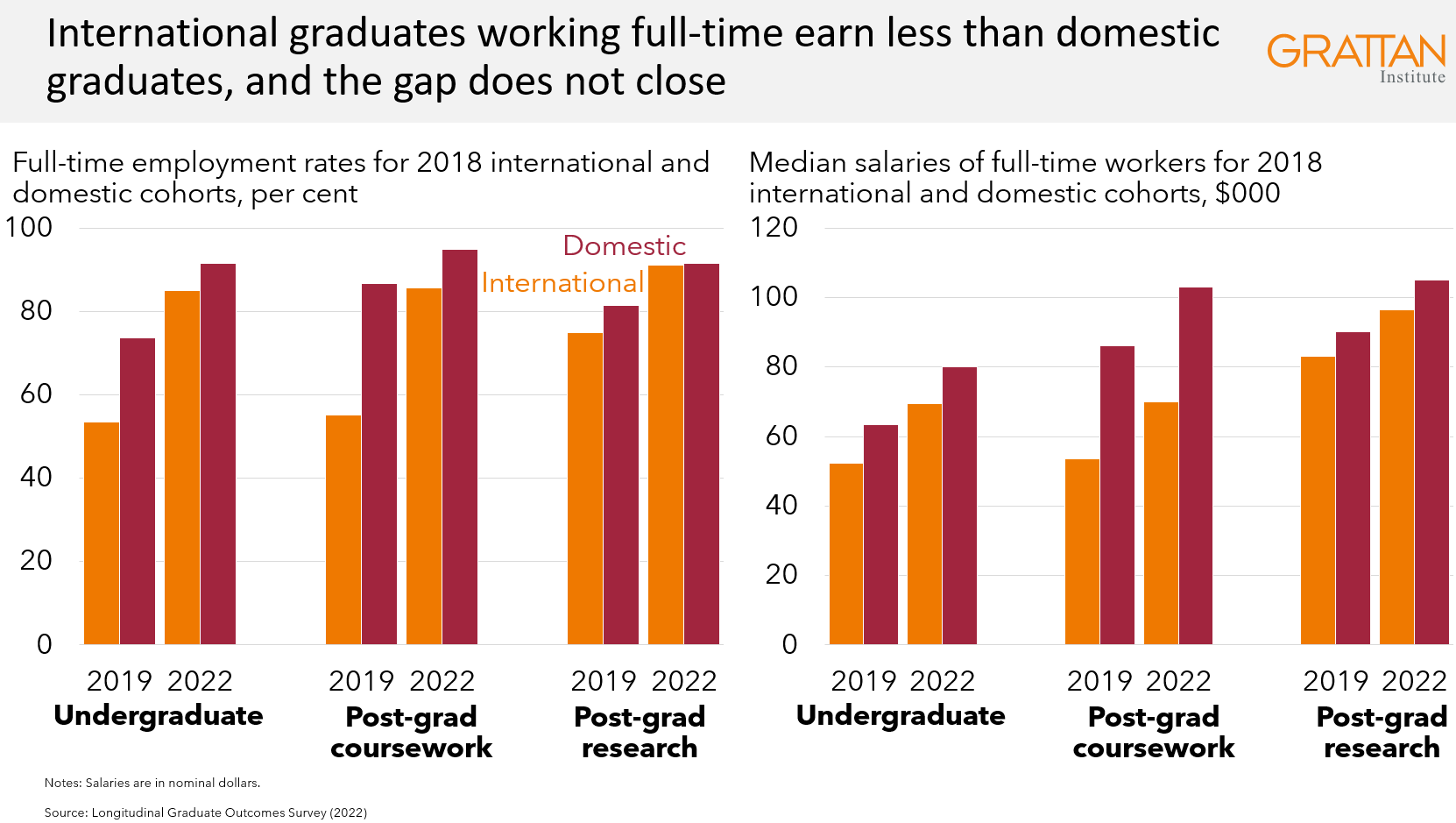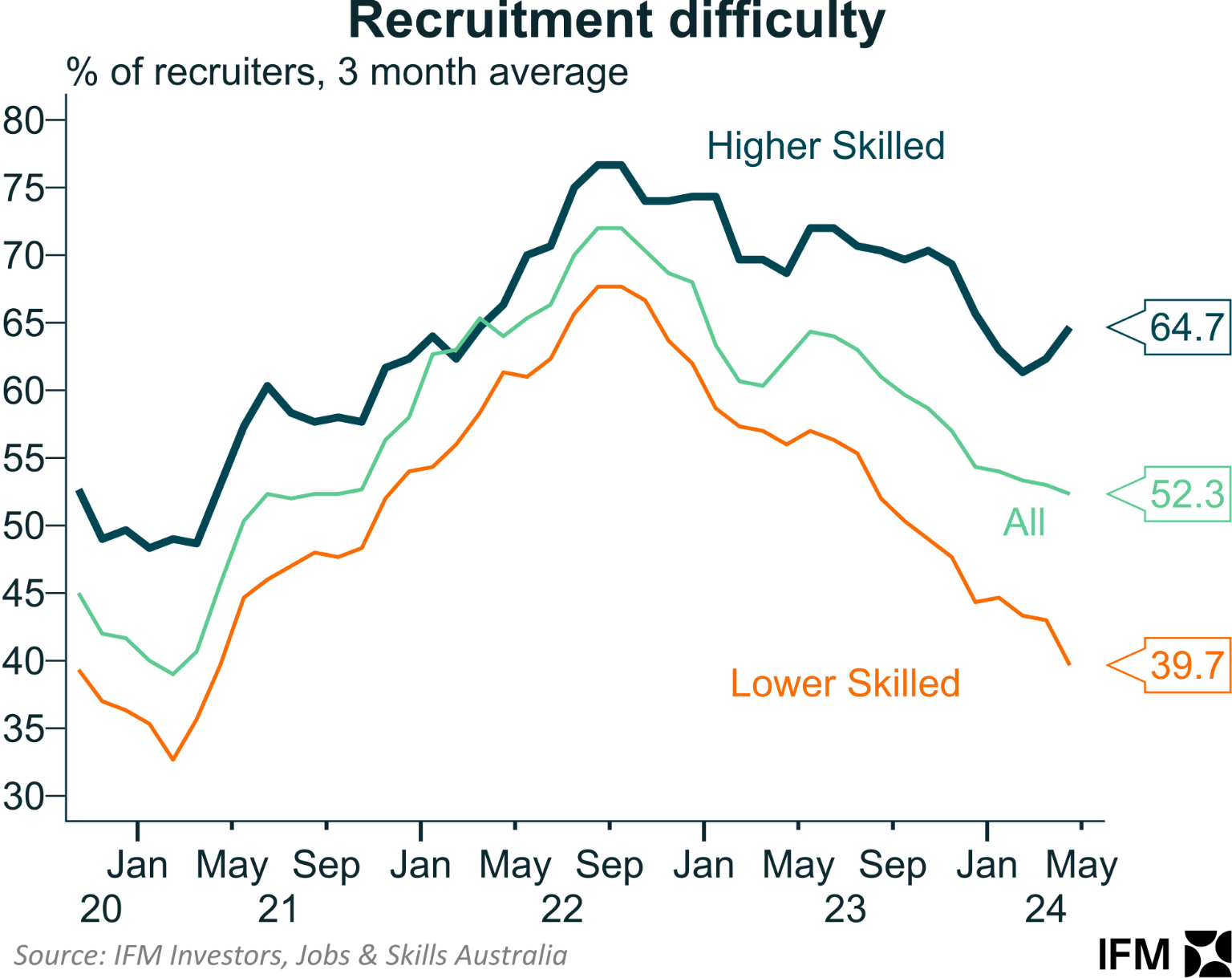Last week, I argued that Australia’s ‘whack-a-mole’ immigration system is actually making skills shortages worse.
This article was in response to howls from economists and the business lobby that Peter Dutton’s modest proposed cuts to immigration would exacerbate skills shortages.

The AFR’s economics editor, John Kehoe, published an article on Monday supporting my arguments.
Kehoe noted that “half of skilled migrants are working in occupations they are overqualified for” and earning far lower incomes than locals with the same qualifications.
Kehoe cites research from the Committee for Economic Development of Australia (CEDA) showing that migrants who have been in the country for 2-6 years earn at least 10% than people who were born in Australia, even if they have similar skills (chart below).

CEDA also notes that it takes up to 15 years for their earnings to catch up.
Meanwhile, Engineers Australia (EA) estimates that just 50% of qualified engineers who were born overseas are working in the sector. EA says that about 100,000 qualified engineers are working as Uber drivers or in other occupations that do match their skills.

Cover of Engineering Magazine, “Create” in November 2021.
Kehoe also cites analysis from Adelaide University’s George Tan showing that about 43% of skilled migrants were not employed in their nominated occupation, under the state-government-sponsored visa scheme.
Moreover, the vast majority of skilled migrants working in retail, hospitality, and service manager roles were overqualified for their jobs.

Kehoe could have added the Migration Review’s finding that 51% of international university graduates with bachelor’s degrees were working in unskilled jobs three years after graduation:

Source: Migration Review (2023)
Or the Graduate Outcome Survey’s findings that student graduates earn significantly less than local born graduates and have worse labour market outcomes:

The fact that Australia’s population has surged by 8.2 million people (44%) this century alone, yet skills shortages are worse than ever, demonstrates the fallacies of Australia’s purportedly ‘skilled’ migration system.
Hilariously, despite running the biggest immigration intake ever over the past 18 months, Australia has the same shortage of higher skilled jobs as when the international border reopened to migration in late 2021:

Clearly Australia requires an immigration system that is significantly smaller in size and more focused on the skills we actually need.

